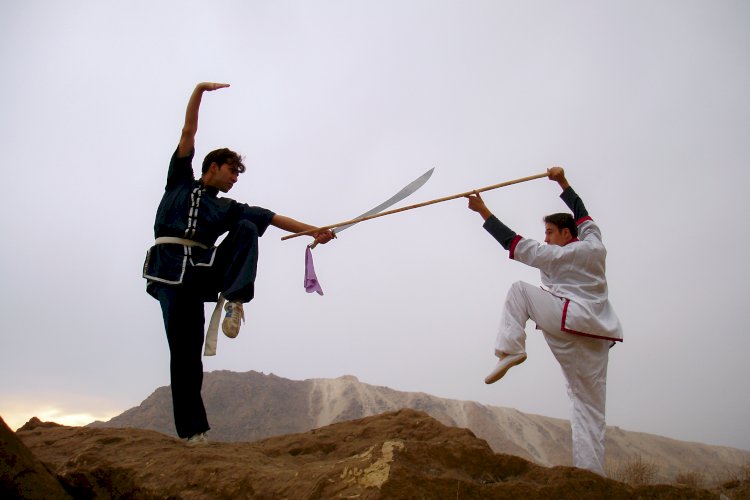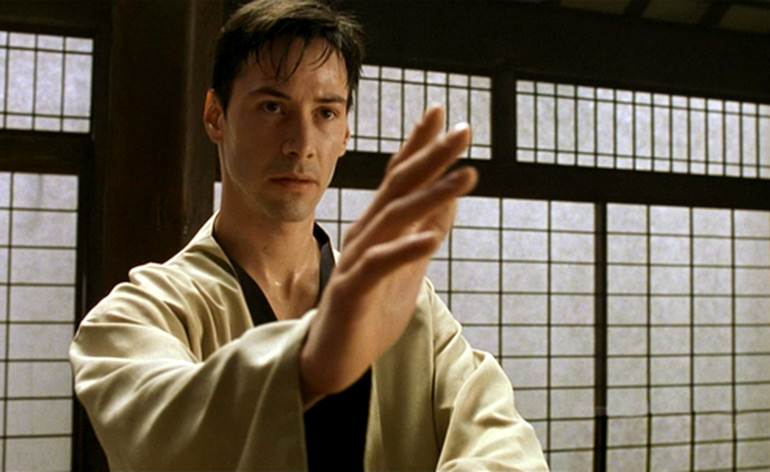Immerse yourself in the fascinating world of martial arts and its powerful impact on cinema and pop culture. This compelling exploration delves into the rise of Kung Fu and its pivotal role in shaping the global entertainment industry. Not merely a form of self-defense, Kung Fu has evolved into a cultural phenomenon, captivating audiences worldwide with its distinct blend of physical prowess, philosophical depth, and narrative potential.
In the following sections, we will navigate through the intricate web of Kung Fu’s influence on movies, from Bruce Lee’s iconic performances in the ’70s to the stunning choreography of modern blockbusters like ‘Crouching Tiger, Hidden Dragon’. Uncover the transformative power of martial arts in shaping the narrative, aesthetic, and thematic dimensions of global cinema.
Beyond the silver screen, we will further investigate Kung Fu’s profound influence on pop culture. From comic books and video games to fashion and music, martial arts has permeated every facet of contemporary life, transforming the way we perceive and interact with the world. Prepare to embark on a journey of discovery, as we unravel the pervasive and enduring legacy of Kung Fu in modern culture.
The Integration of Martial Arts into Cinema
The rise of Kung Fu in popular culture is largely attributable to its integration into the global cinema. Initially, these martial arts films were primarily produced in Hong Kong and other Asian markets. However, the worldwide success of these films gradually led to an increase in their production in Western markets as well.

The Impact of Bruce Lee
Bruce Lee, a notable figure in martial arts, was instrumental in popularizing Kung Fu in cinema. His exceptional skills, charisma, and innovative filmmaking techniques captivated audiences worldwide, and his films introduced many to the art of Kung Fu. Lee’s emphasis on authentic martial arts techniques in his films set a precedent for future martial arts films and played a crucial role in the rise of Kung Fu in cinema.
Influence of Kung Fu on Action Films
The influence of Kung Fu is not limited to martial arts films alone. It has significantly impacted the action film genre as a whole. The fluid movements and intricate choreography of Kung Fu have inspired numerous fight scenes in action films, contributing to their excitement and visual appeal.
Matrix: A Testament to Kung Fu’s Influence
The Matrix trilogy serves as an excellent example of Kung Fu’s influence on action films. The film’s directors, the Wachowskis, incorporated many Kung Fu techniques into the fight scenes, resulting in a distinctive blend of Western action and Eastern martial arts. The trilogy’s success reaffirmed the appeal of Kung Fu in cinema and its potential to enhance the action film genre.

Kung Fu and Pop Culture
Kung Fu’s influence extends beyond cinema and into various aspects of pop culture. The martial art’s principles and aesthetics have influenced video games, music, fashion, and more.
Kung Fu in Video Games
- Street Fighter: This iconic game series features several characters that utilize Kung Fu, including the fan-favorite, Chun-Li.
- Mortal Kombat: Kung Lao, a Shaolin monk, employs Kung Fu in his moveset, contributing to the game’s diverse combat system.
Kung Fu in Music and Fashion
In the music industry, the Wu-Tang Clan, a hip-hop group, often integrates Kung Fu themes into their music and imagery, showcasing the martial art’s influence on pop culture. In the world of fashion, designers have drawn inspiration from the traditional attire worn in Kung Fu films, incorporating them into contemporary styles.
The Legacy of Kung Fu in Cinema and Pop Culture
The rise of Kung Fu in cinema and pop culture is a testament to the martial art’s inherent appeal and versatility. Its dynamic movements, philosophies, and aesthetics offer a unique perspective that continues to captivate audiences worldwide. Despite its traditional origins, Kung Fu’s adaptability has ensured its relevance in an ever-evolving cultural landscape. It will undoubtedly continue to shape the world of cinema and pop culture in the years to come.
Conclusion
In conclusion, the ascendancy of Kung Fu has significantly influenced the realms of global cinema and pop culture. This martial art, initially popularized through the charismatic performances of figures like Bruce Lee, has transcended its traditional roots to become an integral part of the cinematic landscape. Its distinctive techniques have not only defined the martial arts film genre but also enriched the visual narrative of action films, as exemplified by the Matrix trilogy. Moreover, Kung Fu’s impact extends beyond the silver screen, permeating into other facets of pop culture such as video games, music, and fashion, further testifying to its broad appeal and versatility. The adaptability and resilience of Kung Fu ensure its enduring relevance amidst cultural shifts, promising its continuous influence on cinema and pop culture in the foreseeable future. Thus, the rise of Kung Fu illustrates how an ancient martial art can seamlessly integrate into modern storytelling mediums, captivate global audiences, and indelibly shape pop culture.
